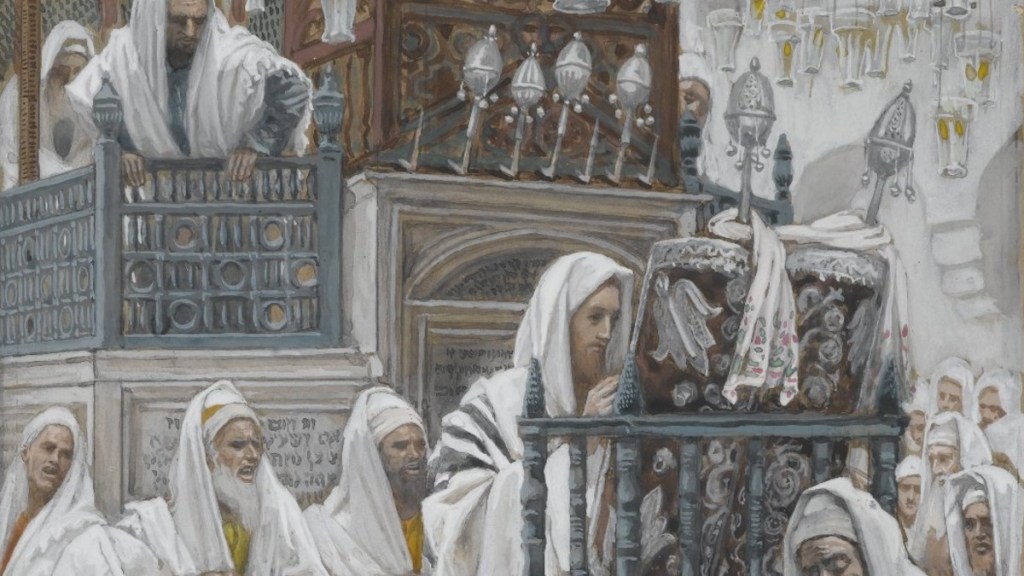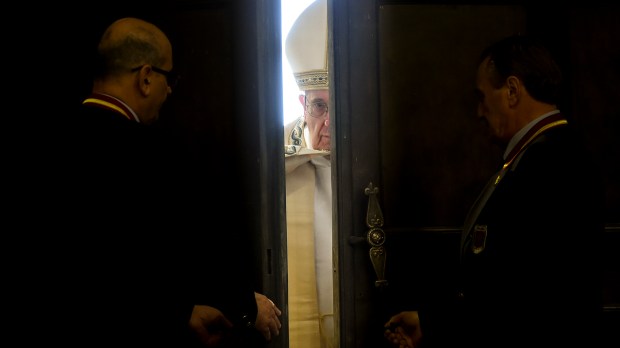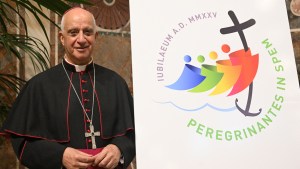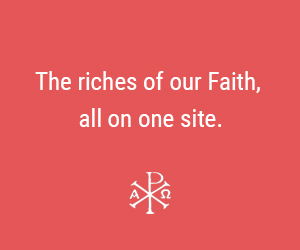A jubilee, at least within the Catholic Church, is a significant celebration that commemorates either a milestone or an anniversary, typically occurring at intervals such as 25, 50, or 100 years. Rooted in the biblical concept of the jubilee year found in the Book of Leviticus, the Catholic jubilee carries deep theological significance and serves as a time of spiritual renewal, forgiveness, rest, and reconciliation.
In Leviticus 25:8-13, God commanded the Israelites to observe a jubilee year every 50 years. During this year, the trumpet was sounded throughout the land, proclaiming the forgiveness of debt and the return of ancestral properties. It was a time of rest, restoration, and the reestablishment of justice and equality.
This passage from Leviticus is clearly echoed in the Greek original formulation of the Lord’s Prayer (“forgive us our debts,” kae aphes hēmin ta opheilēmata hēmōn, and not “our trespasses,” as in the later English translation) and in Jesus’ first sermon as found in the Gospel of Luke, which presents him unrolling the scroll of Isaiah on a Saturday in the synagogue, and announcing he had come to proclaim “the Year of the Lord” – that is, the jubilee year:
“He went to Nazareth, where he had been brought up, and on the Sabbath day he went into the synagogue, as was his custom. He stood up to read, and the scroll of the prophet Isaiah was handed to him. Unrolling it, he found the place where it is written: “The Spirit of the Lord is on me, because he has anointed me to proclaim good news to the poor. He has sent me to proclaim freedom for the prisoners, and recovery of sight for the blind, to set the oppressed free, to proclaim the year of the Lord’s favor.”
Lk 4, 16-19
As the noted scholar Gary Anderson has noted, “the words of the Our Father, ‘forgive us our debts as we have forgiven our debtors,’ would have sounded somewhat odd for a native speaker of Greek in the first century, for sins were not customarily thought of in financial terms […] if we retrovert the Greek to Aramaic or Hebrew, the resulting idiom would have fit in perfectly in the Palestine of Jesus’s day. Indeed, the form of the Our Father found in the Peshitta — the Syriac or Christian Aramaic Bible — is probably a closer approximation of what Jesus might have said: šbûq lān hawbayn, where the verbal imperative šbûq means ‘to waive one’s right [to collect]’ on the ‘debt’ (hawbayn) that we are owed.”
Liberation, forgiveness, renewal
The Catholic jubilee draws inspiration from these biblical references, highlighting the themes of liberation, forgiveness, and renewal. It serves as a visible sign of God’s mercy and an opportunity for the faithful to experience spiritual freedom and reconciliation with God and one another.
One of the best known Catholic jubilees is the Holy Year of Jubilee, which occurs every 25 years – the one that will next be celebrated in 2025. It was first instituted by Pope Boniface VIII in 1300, and subsequent popes have continued this tradition. The Holy Year is characterized by special activities, pilgrimages, and the granting of indulgences to the faithful.
The theological significance of the Catholic jubilee lies in its emphasis on the concepts of forgiveness, mercy, and grace. It invites believers to reflect on their own sinfulness and the need for God’s mercy in their lives. The Catholic Church teaches that through the sacrament of reconciliation, believers can receive God’s forgiveness and experience spiritual healing. This reconciliation is central to the jubilee celebration and is reflected in the acts of charity, justice, and forgiveness encouraged during this time.

Moreover, the Catholic jubilee points to the redemptive work of Jesus Christ. Jesus proclaimed in Luke 4:18-19 that He came to bring good news to the poor, proclaim release to the captives, and set the oppressed free. Through His death and resurrection, Jesus initiated a new era of spiritual jubilee, offering liberation from the bondage of sin and the restoration of humanity’s relationship with God.
The Catholic jubilee also finds theological roots in the imagery of pilgrimage. Just as the Israelites journeyed to Jerusalem to celebrate the biblical jubilee, pilgrims from around the world travel to Rome during the Holy Year to pass through the Holy Door. This act symbolizes the passage from sin to grace, from the burden of guilt to the freedom found in Christ.



